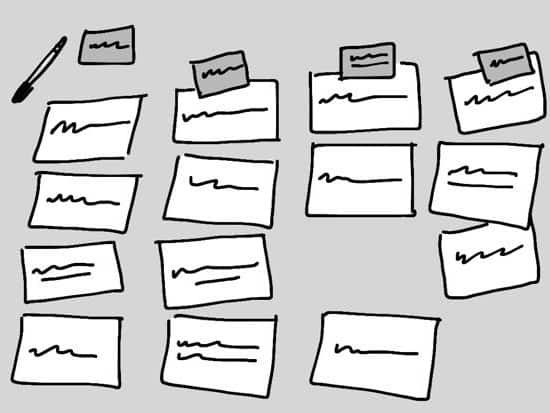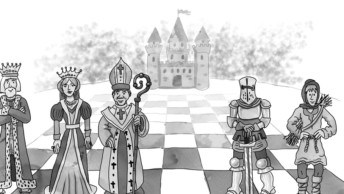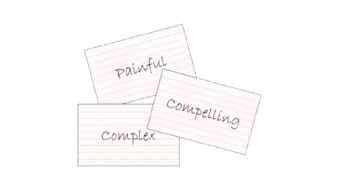Divide the Dollar is the fourth in our series of Design Games.
Is this your first time visiting our design games series? A design game is basically a fun activity played by a small team and used to provide input to a design problem. They may involve users of a product, a project team, stakeholders, or even management.
For a more detailed description of what a design game is, check out our first design game post.
Description of Divide the Dollar
 In Divide the Dollar, participants are provided with a list of features (they may have come up with them in a previous game) and $100 to ‘spend’.
In Divide the Dollar, participants are provided with a list of features (they may have come up with them in a previous game) and $100 to ‘spend’.
They distribute the money across the features according to how important those features are and explain why they have divided their money in this way.
When discussing allocation of dollars, participants sometimes discuss how much cost and effort a feature will take. You can specifically discourage them from doing this, and really focus on priorities and what the features will achieve. Or you can give them another $100 and ask them to divide this according to how much it will cost (remind them that costs should include short term development and long term maintenance).
You can ask participants to choose a small number of features from a long list and prioritise those, or ask them to prioritise the entire list.
Prepare
You’ll need:
- A feature list (you may have a list of features from internal ideas, or participants may have come up with one in a previous game).
- Paper money (optional—you can just tell people that there are 100 points to split)
- A results grid (you can prepare one, or show an example and get them to draw their own)
Run
Arrange participants into their groups and explain the activity. Clearly explain where the feature list is from, and whether they should prioritise the whole list or a subset.
If you are providing a list of features, explain each so participants have a proper understanding of what they are.
If you want a properly-considered outcome, allow plenty of time. Participants need time to to discuss the feature list and the priorities, then agree on the allocation of dollars. This can take a fair amount of time.
When everyone has finished, ask them to explain their priorities and decisions.
Analyse
As with most of the design games, the analysis step is mostly about spotting consistent behaviours and understanding the reasoning behind it.
Divide the Dollar Game at a glance
- Prioritised feature list
- Up to 1hr
- Yes
- Users, design team, stakeholders
- Small teams





